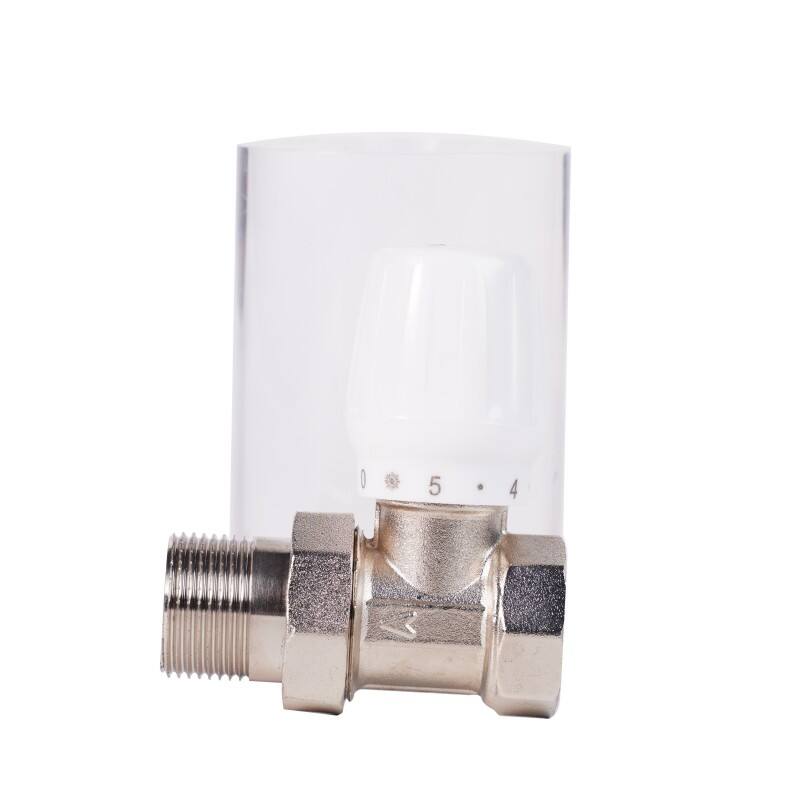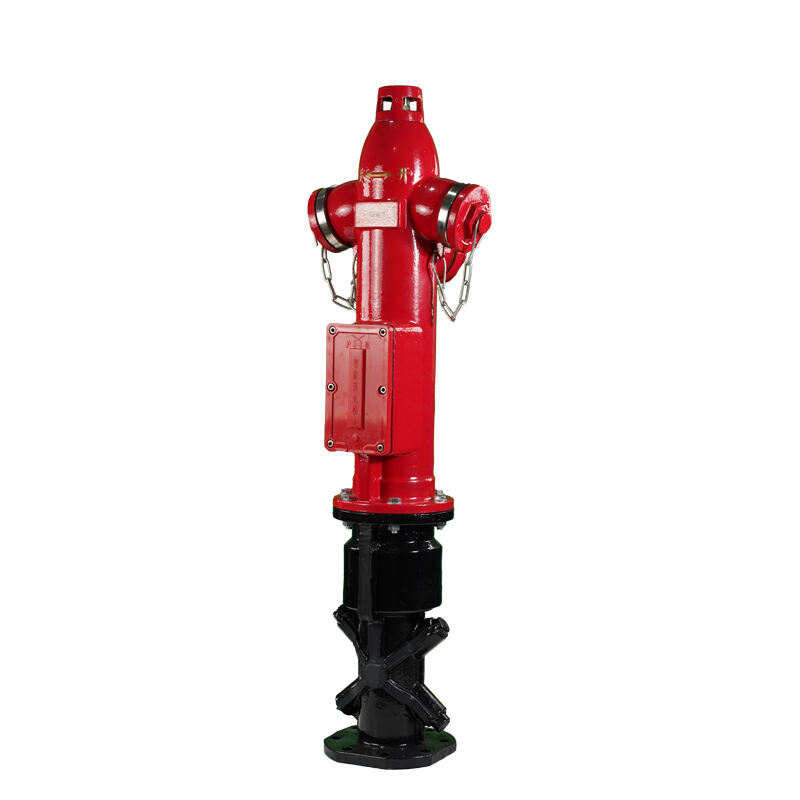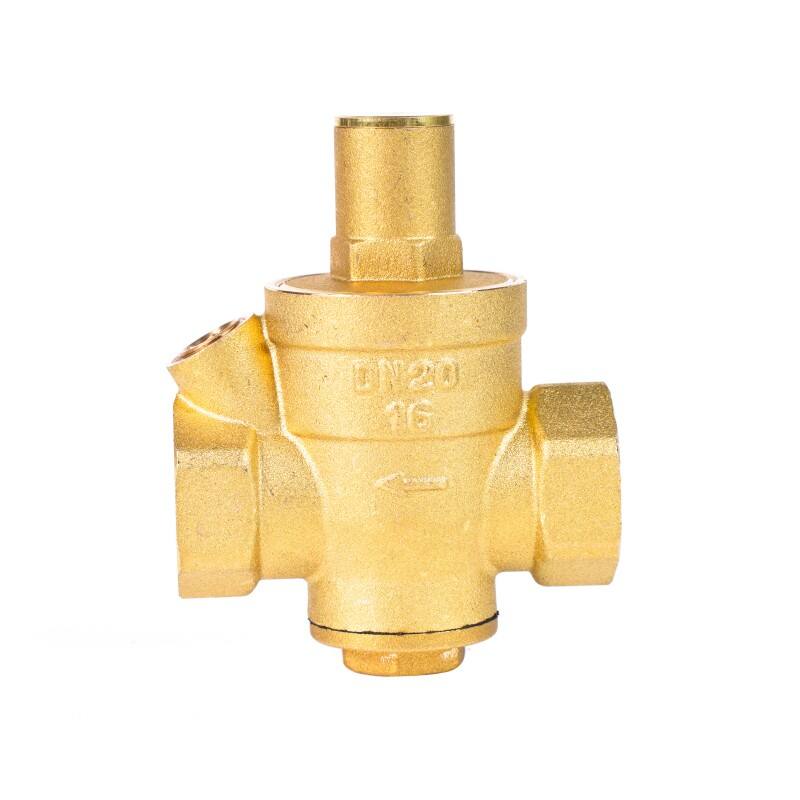hydrant gate valve
A hydrant gate valve is a crucial component in fire protection and water distribution systems, designed to control water flow to fire hydrants efficiently and reliably. This specialized valve incorporates robust construction, typically featuring a resilient-seated gate mechanism that ensures complete shutoff when needed. The valve body is manufactured from high-grade ductile iron or cast iron, capable of withstanding high pressure and frequent operation. The gate mechanism moves perpendicular to the flow direction, providing either full flow or complete shutoff without creating turbulence or pressure drops when fully open. The valve stem is typically non-rising, allowing for easier installation in confined spaces while maintaining operational reliability. Modern hydrant gate valves often include epoxy coating protection against corrosion and integral supervisory switches that monitor valve position. These valves are designed to meet stringent industry standards, including UL listing and FM approval requirements, ensuring compatibility with fire protection systems and municipal water networks. The operational design allows for smooth opening and closing, minimizing water hammer effects while providing reliable service under various pressure conditions.


